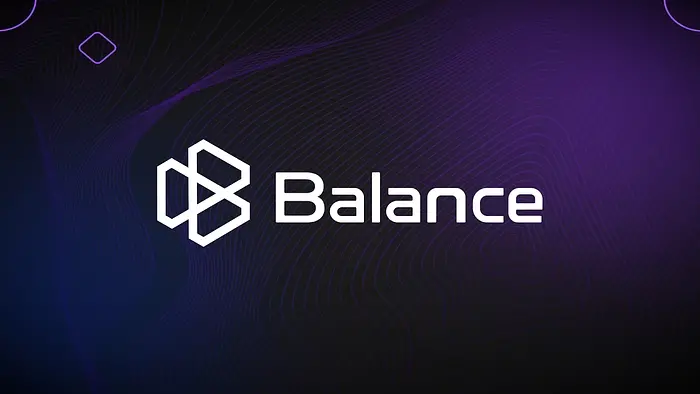Based on the UNI, OP, and 1INCH airdrops, should I hold or sell the ARB airdrop?
Source: Flip Research Tweet
Compiled by: Biteye Core Contributor Crush
The $ARB airdrop may be one of the hottest airdrops this year. But how will its price change compared to previous large airdrops?
In this article, I compare $ARB with $UNI, $OP, and $1INCH, and draw some interesting conclusions!
01. Total Token Distribution
Let's start with a comparison of total token distribution. Here, I have merged some categories for a fairer comparison.
We can draw several observations from this:
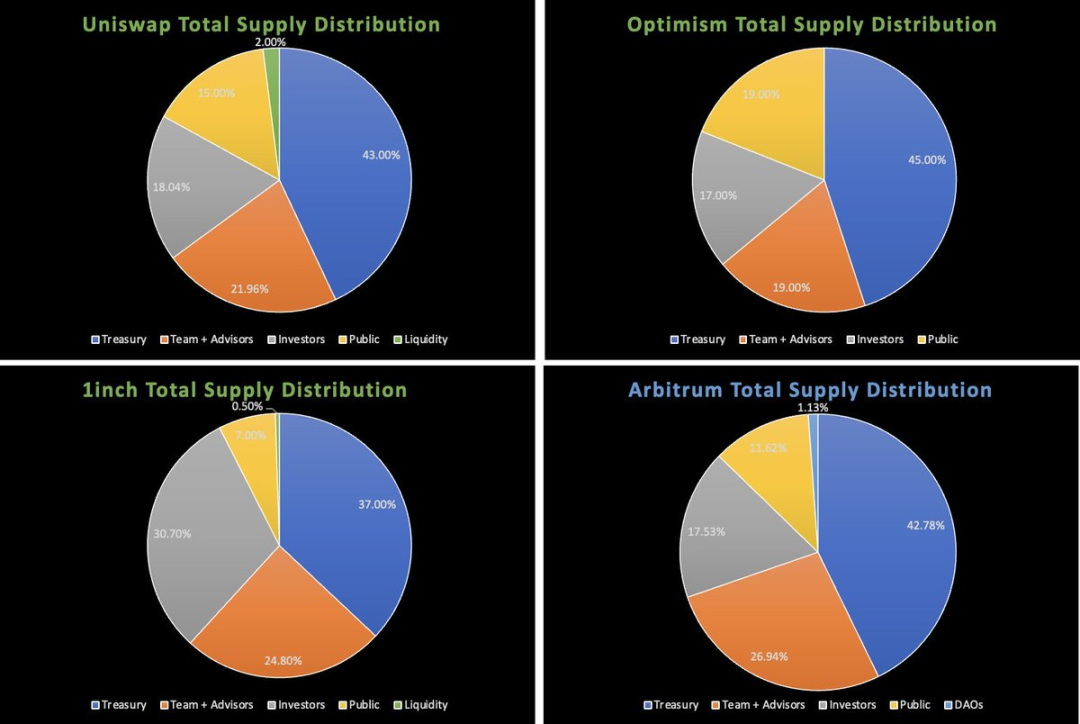
- The percentage of $ARB airdrop is slightly higher. (Note that $OP has only distributed about 1/3 of its airdrop quota so far)
- The allocation for team + investors is higher than $UNI and $OP, but lower than $1INCH
- The allocation for the treasury is on par with its peers
Complete Table:

02. Initial Token Distribution
In addition to total token distribution, comparing the initial supply distribution also helps gauge initial selling pressure. The initial supply of $ARB is at a high level, similar to $UNI.

03. Token Unlocking
The initial distribution and total distribution of tokens are just part of the data, while the token unlocking schedule helps understand the relative distribution rate of tokens and where they come from.
Please note that the unlocking data for $UNI, $OP, and $1INCH is sourced from @coingecko.
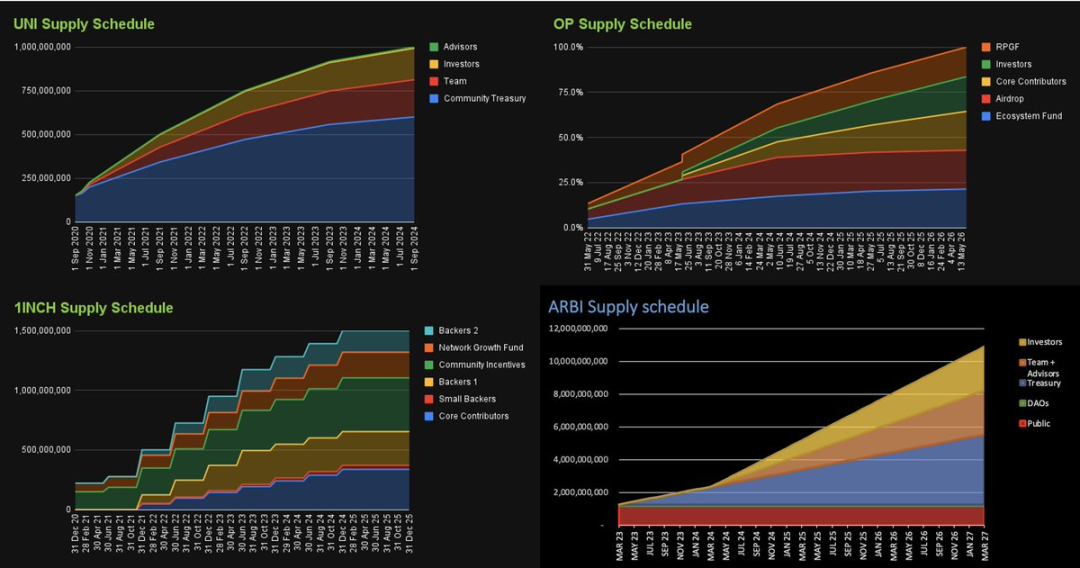
Compared to its peers, the token unlocking schedule for $ARB appears relatively smooth, especially in the first year.
Note that here I assume the treasury of $ARB is unlocked linearly (this assumption is similar to CG and TokenTerminal, which typically use linear unlocking to calculate token issuance), and without this linear unlocking, there would be no $ARB tokens issued in the first year.
04. Distribution Rate
Here is a comparison of the short-term distribution rate (excluding the treasury controlled by DAO), which clearly shows the significant differences in distribution rates among different projects. This has a major impact on how users should participate in the airdrop, which I will discuss later.

05. Initial Price Volatility
The final part is the initial price volatility of the airdrop. Let's take a look at how UNI, OP, and 1INCH performed as a control group after the airdrop distribution. (Charts provided by @coingecko)
$UNI
Due to the high initial supply and the absence of a cliff period for team/investor tokens, the initial distribution rate of UNI is the highest among these projects. This led to some initial selling pressure, but afterward, the price increased more than tenfold, and of course, perfect market timing also played a role.
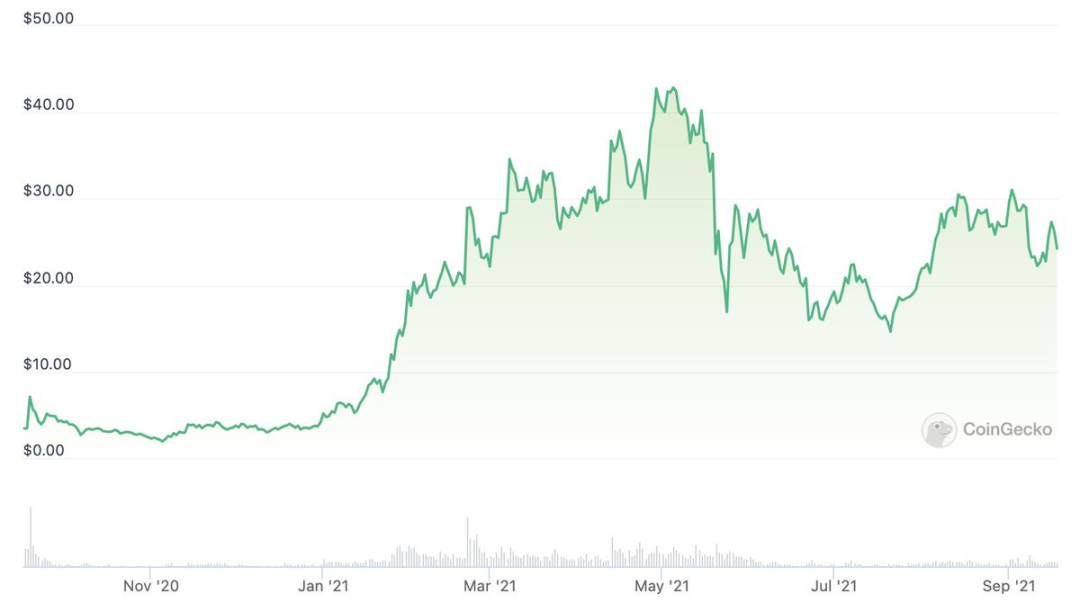
$OP
Although OP has a lower initial supply, its relatively high issuance and the bear market situation at launch offset this, so the initial price was not very favorable.
Nevertheless, it recovered relatively quickly from the initial drop, then fell during the cryptocurrency winter, and later reached an all-time high.
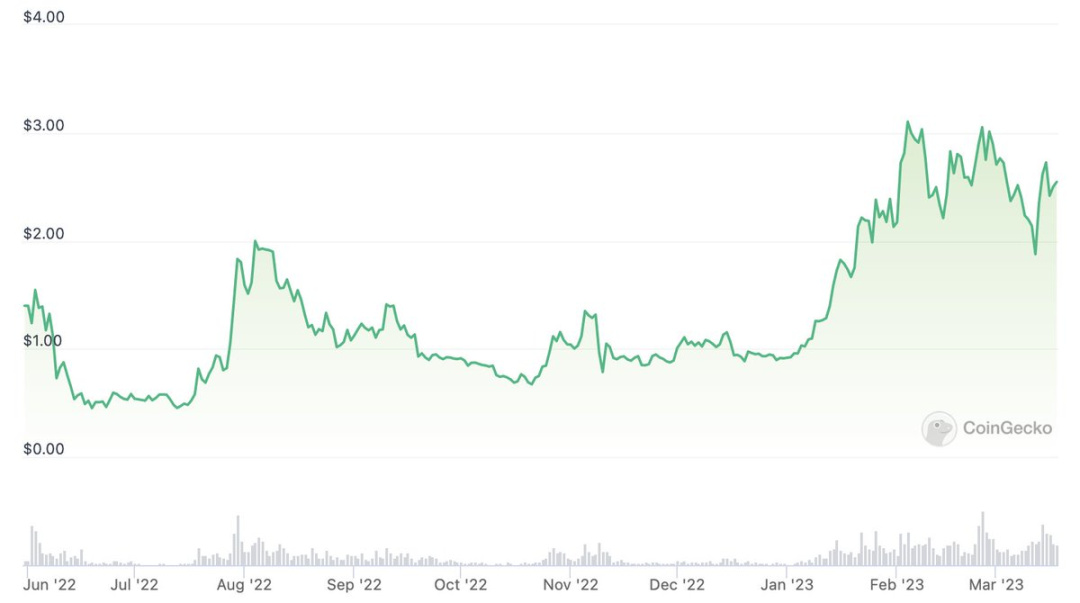
$1INCH
1INCH has the lowest percentage of initial supply and a relatively low issuance. Therefore, after experiencing an initial drop, 1INCH quickly recovered and began to rise sharply. Again, market timing was crucial here.
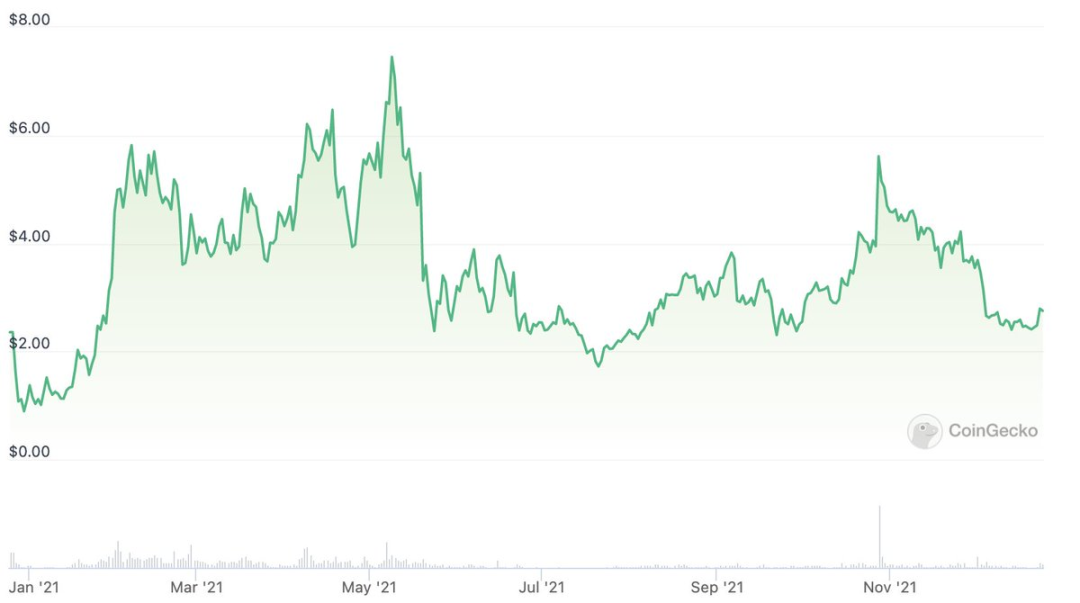
06. Fundamentals
In terms of the fundamentals of Arbitrum, Arbitrum One has already attracted a considerable amount of locked value and trading volume, becoming a specialized area for financial applications (similar to $GMX, $GNS, and $RDNT).
It is one of the few profitable chains (data source: @tokenterminal) and is still in its early stages.
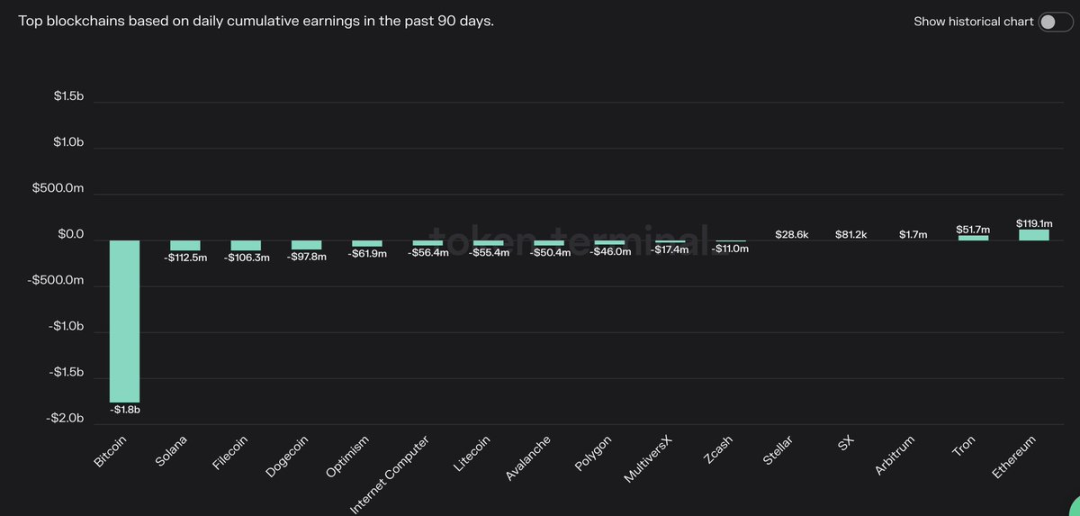
07. Conclusion
From the analysis above, it can be seen that buying during price declines of these airdrop tokens is profitable. However, timing the lowest point is not easy.
For $ARB, there are three additional considerations:
- Relatively high initial circulation
- But lower emissions in the subsequent year's token release
- The market cycle situation
Considering these factors, especially the strong fundamentals of $ARB, I plan to continue holding my $ARB airdrop. Additionally, if the token price drops after the airdrop distribution, I will buy in batches. Based on the analysis above, I expect $ARB to quickly recover in price and achieve multiple returns.
After the initial sell-off, there really isn't any significant source of selling pressure for at least the first year, so I feel confident about this strategy.
Of course, all of this depends on the initial pricing of $ARB, but I expect market forces to play a role here.
Do not underestimate the impact of a strong price trend at the initial launch on the tokens within the entire ecosystem; this effect may gradually spread, and I expect this effect will help drive the development of the entire ecosystem.








